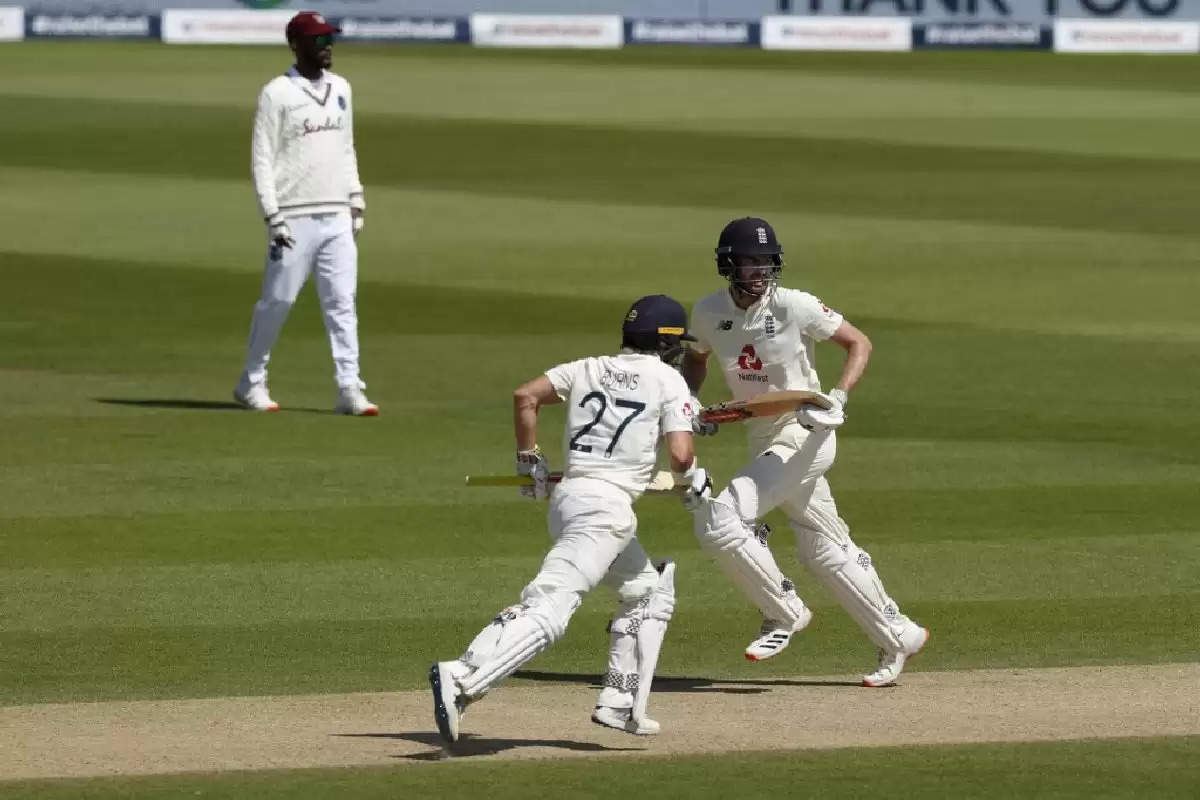WTC points: How better or worse is the percentage based points system?

Geoff Allardice, the acting CEO of the International Cricket Council (ICC), revealed on Monday (June 15) that the rejigged World Test Championship (WTC) points system used since last year will be retained for the league’s next cycle as well.
Allardice confirmed that ICC is planning to retain the system that rewards the percentage of points earned from matches contested. The governing body adopted the system last November to ensure the race for the WTC finale is fair for all teams. This was done keeping in mind the pandemic-hit inaugural cycle of the league, where multiple teams couldn’t complete their planned fixtures.
Before the amendment, the WTC points table was decided through a different system. Each series was allocated 120 points, irrespective of its length, and teams could earn points for victories depending on the win to series ratio. While a victory in a two-match series earned teams 60 points, they took away only 40 points, 30 points and 24 points if the series extended to three, four and five matches, respectively.

Also Read: World Test Championship 2019-2021: A XI Of The Best From The WTC Cycle
It was the same for the draws, which earned teams only 1/3rd of the points they could earn for a win, and also ties, which were given a weightage of half the number of points earned for a win.
Post tweak in the points system, however, the standings were determined on the basis of the percentage of points a team earned from the matches it has contested. This led to a genuine shift in the points table. New Zealand jumped over India, Australia, England to make the WTC final and India had to win against Australia (away) and at home versus England by margins of 2-1 to join them, despite having won seven of their nine previous fixtures.
Allardice added that the ICC has looked to correct two problems with one decision, as points earned will no longer depend on the length of the series. Independent of whether they play a two-match series or a five-match series, teams will contest for same number of points every Test.

WTC points system was tweaked by the ICC last year
“We are going to stick with the percentage-of-points-won method to rank teams,” Allardice said during a media chat, as quoted by ESPNcricinfo. “When we looked at the first 12 months of the competition you had teams on a number of points, but it was all relative to how many series they had played.”
“So one of the ways to compare teams on an ongoing basis is what proportion of the points that have been available in the matches they played have been actually won. And that percentage served us well in the second half of the Championship.”
“The other thing is if we are using the percentage of points won we can put a standardised number of points per Test match. So it doesn’t matter if it is a two-Test series or a five-Test series, the same number of points will be available for each match that’s played, but every team would be judged on the percentage of those points it wins, not on total.”
WTC points: How better or worse is the percentage of points system?
Opinion: Firstly, it must be acknowledged how difficult a task ICC has had on its hand since the beginning to design a fair points system for the WTC. The league features top nine teams, who although have six series each planned through the campaign, play a completely different number of matches.
You add the Covid situation to this, where some teams haven’t gone on to play most of their matches, the issue becomes all the more complex. With this context in mind, the ICC should firstly be applauded for adjusting to the times and trying to come up with a system that is fair for all nine teams.
But, as was the case with the previous system as well, the one rejigged is also a cause of ambiguity, since teams can game the WTC points system and look to schedule more home fixtures against weaker opposition, while reducing some of their matches abroad versus stronger sides – to take more points out of their matches and progress in the standings. The WTC is played around teams’ existing bilateral arrangements, remember?
However, if that is somehow taken care of, it is still a better system than the previous one, as say a Bangladesh, for whom most of the series will be two-match affairs, will be just as much in contention to make the final as an Indian side that would play more matches and lengthier series. They’ll now start every match on an equal footing with the rest of the teams.
The ideal situation for WTC would’ve been to have teams playing a similar number of games through their campaign and playing all of the other oppositions, not just six, so that there is a level playing field. But given the alarming gap that exists between cricket’s ‘haves’ and ‘have nots’ in terms of finances, resources and opportunities, it is extremely difficult to achieve such a balance.
And thus, you’ll always have a section of unhappy fans and experts about the WTC. We don’t realise, though, it is still better to have a league streamlining all the Tests that gets played towards a common goal with added context than the arrangement that existed before. What are the chances of Bangladesh getting to play India, England, Australia – home or away – in a two-year period without the WTC?

